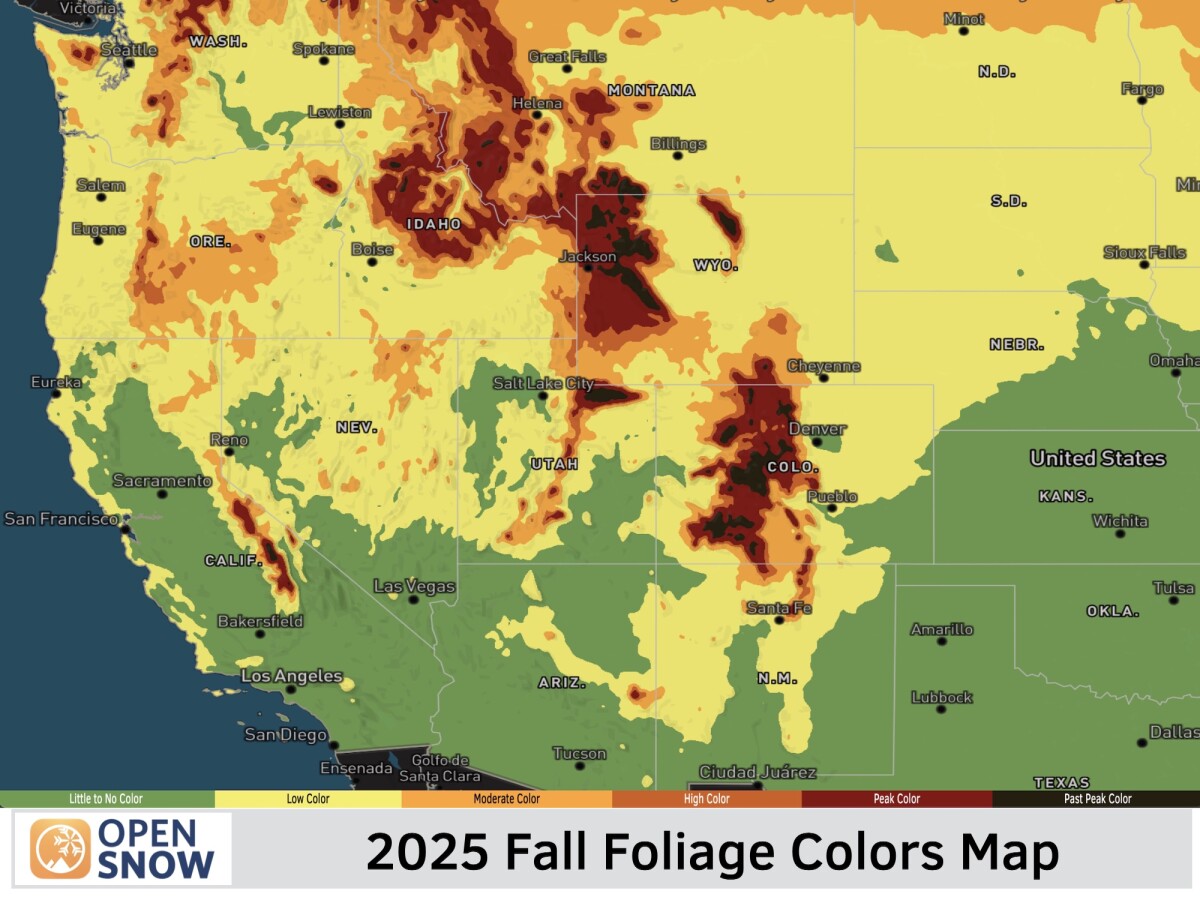News

By Zach Butler, Meteorologist Updated 1 year ago June 19, 2024
Dew Point vs. Humidity, Explained
The dewpoint and relative humidity are different measures of the amount of moisture in the atmosphere. They are related but can tell you very different things about the weather conditions and how it ‘feels’ outside in relation to the humidity. Both of them are used to determine the heat index, or the ‘feels like’ temperature. Let’s go over what they are, what they tell us, and how you are affected by it.
What is the Dewpoint?
The dewpoint is a measure of atmospheric moisture. It is the temperature to which air must be cooled in order to reach saturation. The word dew comes from dewpoint. Dew forms on grass because the air temperatures and dewpoint are the same over the grass, causing water to condense on the grass or other vegetation.
A higher dewpoint indicates more moisture present in the air and as the dewpoint increases the humidity or the ‘mugginess’ increases. During the summer, a higher dewpoint will make the air feel muggier and more humid.
Fog is another example of how to view the dewpoint. Fog forms when the air temperature and the dewpoint are the same over a large area, thus forming clouds at the surface. Precipitation can form when the air temperature and dewpoint are the same as well.
Once the dewpoint reaches above 55 degrees Fahrenheit (°F), the air becomes sticky and can be described as ‘muggy’ above 65°F. If the dewpoint reaches above 75°F, the air can often be described as ‘oppressive’.

Image courtesy of the National Weather Service Boston, MA.
The highest dewpoint temperature ever recorded was 95°F (35°C), with the air temperature of 108°F (42°C) in Dhahran, Saudi Arabia on July 8th, 2003. Now that is oppressive!
Here are some additional facts related to the dewpoint:
- The dewpoint temperature can never be higher than the air temperature
- The dewpoint has no theoretical upper or lower limit
- The dewpoint is measured via different types of instruments called hygrometers
- The Eastern and Southern US often have higher dewpoints because they are closer to the ocean, lower elevated, and have access to tropical moisture
What is the Relative Humidity?
The relative humidity is expressed in a percent (0-100%) and is the ratio of the amount of atmospheric moisture present relative to the amount that would be present if the air were saturated. What this means is that the relative humidity is dependent on both the dewpoint and the air temperature.
Relative humidity alone does not directly indicate the amount of atmospheric moisture. During the summer when the dewpoint and air temperature increase, the relative humidity can increase, causing the air will feel muggier and more humid. This feel to the air of the relative humidity is based on the dewpoint.
Here are some additional facts related to the relative humidity:
- It is also often abbreviated as RH
- It is calculated via a complex mathematical equation based on the pressure, dewpoint, and air temperature
- When the RH is low, it can lead to enhanced wildfire conditions (low moisture allows fires to grow and spread)
How are the Dewpoint and Relative Humidity Related?
The relative humidity is based on the relationship between the dewpoint and the air temperature. A 100% relative humidity will feel different (less humid) if the dewpoint temperature is 30°F or 60°F. A higher dewpoint means there is more moisture in the air, thus a higher dewpoint with the same relative humidity will feel more humid.
This can cause the relative humidity to be misleading, even though it is often easier to conceptually understand it as a percent. The same percentage of relative humidity will mean and feel differently depending on the dewpoint temperature.
Below is an example of how the dewpoint affects the feel of the air, while the relative humidity does not necessarily. Note that the Southern US has similar or even lower relative humidities as areas in the Northeast but with very different dewpoint temperatures. It feels more humid with higher dewpoints!

Forecasted dewpoint temperatures and relative humidity (RH) on August 2nd, 2023.
How do the Dewpoint and Relative Humidity Relate to the Heat Index?
The heat index is calculated via a complex mathematical equation that uses both the relative humidity, dewpoint, and air temperature. The heat index represents what the air temperature feels like given the amount of moisture in the air. It can be called the apparent temperature as well.
The air temperature feels warmer when there is higher moisture in the air (dewpoint). It is similar to the wind chill and represents the feel of the air and not the actual air temperature.

Similar to the wind chill chart, the heat index chart shows how a higher dewpoint and relative humidity make it feel hotter. Extreme heat and humidity can cause health issues if exposed for long periods of time.

Forecasted temperatures on August 2nd, 2023. the heat index or apparent temperature shows the impact of the dewpoint (map at the beginning) on how the air temperature 'feels'.
Can the Heat Index be Lower than the Actual Air Temperature?
The heat index can be lower than the actual air temperature by only a few degrees if the relative humidity is below 40%, the air temperature is in the 80s or lower, and the dewpoint temperature is below 55°F (see table above).
The combination of low relative humidity and a low dewpoint causes the air to feel lower than the actual air temperature. This occurs throughout the Western US because of the high terrain and dry weather (especially on the front range of the Colorado Rockies), which cause low relative humidities and dewpoints.
The biggest takeaway from the dewpoint vs relative humidity is that the dewpoint is a superior indicator of the humidity in the air that affects the comfort level outside. The dewpoint can make it feel hotter (heat index), which can make outdoor activities more strenuous.
Zach Butler
About The Author




